For the last couple of weeks, those living in the northern Midwest have been fighting an insidious enemy; one with no feelings and really with no way to be defeated.
This enemy has invaded their homes, farms and businesses, taking what it wants and destroying what it leaves behind. Like an invading army, it has spread far beyond its original borders, taking land wherever it can. While there has been some relief in the last few days, with the flood waters abating slightly, more flood waters are likely to come as snows melt and the end may yet be months away.
This Device Easily Turns Air Into Water!
According to the NOAA (National Oceanic and Atmospheric Administration) roughly two-thirds of the lower 48 states have an elevated risk of flooding over the next few months. This includes the mid-Atlantic and much of the Northeast. But the worst potential is for the areas which are currently experiencing flooding in the Midwest to see increased flooding, especially those areas around the Missouri and Mississippi rivers.
Some have tried to blame the flooding on man-made causes, such as climate change. But the reality is that this is nothing more than rainfall on top of heavy snow accumulation. Some areas of the Northern Midwest have received as much as 200% of normal snowfall. When heavy February and March rains fell in that snowpack, it partially melted it, causing the flooding. Additional flooding is forecast to come from further melting of the snows, which could last into May.
Making matters worse, the ground was already saturated from the rains which fell last fall, just before the snowy season began. So the water which would have normally soaked into the ground didn’t, leaving more sitting on top of the ground and adding to the flooding.
So far, ten levees have failed, due to the rising waters. As with a dam, when waters rise to the top of the levees, it overflows, usually causing a wide rupture in the levee. Since levees are made of nothing more than dirt and rock, these ruptures widen rapidly, causing flash flooding downstream. Once ruptured, it is extremely hard to do anything about them.
An online map by the NOAA, which is scheduled to go live on YouTube, shows the areas with heightened risk of flood. This includes just about everything from the Midwest on East, with special emphasis on the Missouri and Mississippi River basins.
Expected Results from the Flooding
Damages at the time of this writing are estimated to top there billion dollars, with a strong expectation that they will continue rising. Most of the people who have been forced to evacuate their homes will never be able to live in them again. While they may be able to return to try and salvage what hasn’t been destroyed; that’s probably all they will be able to do.
This flood is different than many, which last mere days. Hurricanes can cause severe flooding too; but the flood waters abate within days, before they can totally destroy homes and other structures. With flood waters lasting two months or more, chances are poor that residents of the flooded areas will ever be able to restore their homes to their original condition.
This flood could have a much wider impact than what the news is reporting so far. Up to now, all anyone has talked about is the damage and the expectation of continued flooding. But what are the results of this flooding going to be? We’re talking the nation’s Breadbasket here; how much of our nation’s farms typical output is going to be lost due to this flooding? How much has already been lost and how many farms won’t be able to plant this year?
While there have been no official prognostications as of yet, if the flooding is widespread enough, it could severely reduce the amount of grains that are grown in the Breadbasket, causing shortages and driving prices higher. That could affect the cost of all baked goods, from pasta to cookies, as well as gasoline, since grain alcohol from corn is added to our gas.
A lot will depend on how widespread the flooding ends up being and how much damage it causes. The NOAA map which is currently online states that there is a 50% chance of the flooding it shows. Even if that worst case is met, more than half of the area flooded will only receive minor flooding. Nevertheless, the areas hardest hit will be those which have already flooded, as well as widening those areas out to cover most all of the northern Midwest.
Protecting Yourself and Your Home from Flooding
Floods are one of the hardest natural disasters to protect your home from. The sheer power of huge quantities of water is hard to understand, until you have seen it. But once you have, you gain a great respect for what water can do.
There are several different types of floods, ranging from the storm surge of a hurricane to flash floods from rain happening far away. But regardless of the cause of the flood, they can all be categorized in two ways:
Slow floods – These are floods which happen from rising waters, generally caused by excessive rain. While the waters may even rise quickly, it doesn’t bear down upon you like a wave. Therefore, the damage caused by this sort of flood is limited to what gets damaged by being wet. Buildings are not normally torn down by the rushing water, unless the flooding lasts long enough to undermine foundations and cause sink holes.
Fast floods – These are floods that come upon us suddenly, with force. The earthquake-caused tsunami that hit Japan’s east coast in 2011 is a perfect example of this. The flood waters came so hard and so fast, that they literally lifted buildings off their foundations and carried them away. A major part of the destructive power of this sort of flood is from the sudden impact of millions of gallons of water hitting homes and other buildings, tearing them down and carrying them downstream.
It is almost impossible to protect your home from a fast flood, whether caused by a hurricane’s storm surge or a dam busting 100 miles away. There just isn’t enough time to build any defenses. Nor is there usually time to relocate your belongings to a spot outside the flood’s reach. About the best you can expect to do is get yourself and your family out of the way, taking a few valuables with you.
About the only thing you can do, which will help protect your family materially and financially, is to ensure that you have some of your investments, property and belongings stored far enough away and at high enough an altitude that it will be protected from any flooding that strikes your home.
It would also be good to have at least one supply cache located in such a place, with enough in it to take care of your family’s basic survival needs for at least a couple of weeks. It should also include basic camping gear, along with a complete survival kit. Also store copies of all your important documents, either physical copies or electronic ones, so that you have someplace to go immediately, where you have something to take care of yourself with, while you are figuring out what to do.
Emergency Flood Escape
Unless you happen to live on top of a mountain, you should have an escape plan in place. I had never really thought much of this, until Hurricane Harvey flooded the Southeastern part of Houston. Where I live is arid and I’m not in what is known as a “100 year flood zone,” an area that is likely to flood once every 100 years (or 1% chance per year). But then, Houston is not known for flooding either.
Flooding can happen just about anywhere. With that in mind, it makes sense to have an escape plan in place. This is a classic bug out situation, getting your family out of Dodge, before your home becomes untenable.
A four-wheel-drive vehicle, with oversized tires is ideal for this. Much of the rescue operation run in Houston was done with such trucks. It wasn’t until they reached the parts which were too deep for the trucks that the Cajun Navy took over with their boats.
But whether you have a 4×4 truck or not, there’s something else you should have, an inflatable rubber raft. Depending on the size you need, you can buy them for as little as $100 or $200 for one that will carry a family of four. A simple addition to your prepping equipment, this gives you the capability of performing a self-rescue in many different flood scenarios, rather than waiting for someone to come get you.
The other thing you need is a checklist for what you are going to take with you, when you bug out. Obviously your bug out bags need to be part of this; but what else? If you are going to wait for someone else to rescue you, you’re going to be limited to one suitcase each. But if you bug out in your 4×4 truck or SUV, you can pack it to the gills. Think through what you’ll bring with you in that case, so that you can grab it and go quickly, when the time comes.
Protecting Your Home
Your other option is to fortify your home against the coming flood and plan on bugging in. This is a harder option to accomplish; but if you can do it, you’ll be way ahead of everyone else. Rather than trying to see what you can scavenge from the wreckage of your home and start over, you’ll be the one who is just cleaning up and going on with your life.
This means finding out how high the waters are expected to rise in your area and building a barrier around your home, to keep the water out. Typically, this is done with sandbags, but there are some new systems that have come out which are even easier to use. Rather than using sandbags, they consist of long tubes, which are filled with water. Two are laid side by side on the ground, with a third one going on top.
Of course, the key to these or to sandbags is knowing how high the water will be. The NOAA map I mentioned earlier talks about three different zones: minor flooding, moderate flooding and major flooding. These refer to a specific number of inches of rain expected to fall in those areas. You can find more detailed information from the NOAA or from disaster control officials in your area. Knowing how much flooding to expect is an important part of protecting your home.
No matter how much flooding they say you should expect, always plan for a little more; something like eight inches more. That way, if there is a little more than what they forecast, your home is still protected. It would be sad to go through all the work to put sandbags around your home, then find out you hadn’t done enough.
Always place sandbags or other water barriers a couple of feet away from your home, unless you are just putting sandbags at the doorways. You want enough space between your home and the sandbags, so that you can walk around your home, checking for anywhere that your sandbag barrier might be leaking.
While a well built sandbag barrier or one of the newer water barriers isn’t likely to leak, the test of your barrier won’t come until it is too late to make any repairs. Therefore, you need to be sure to have pumps available, as well as ensure that you will have electric power for those pumps (unless they are gas operated, then a good stock of gas will do). Between the pumps and the space between your barrier and your home, you can always pump out the water from those leaks, protecting your home from damage.





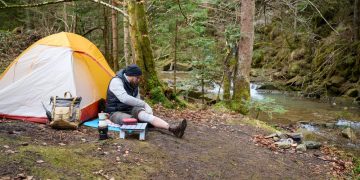


















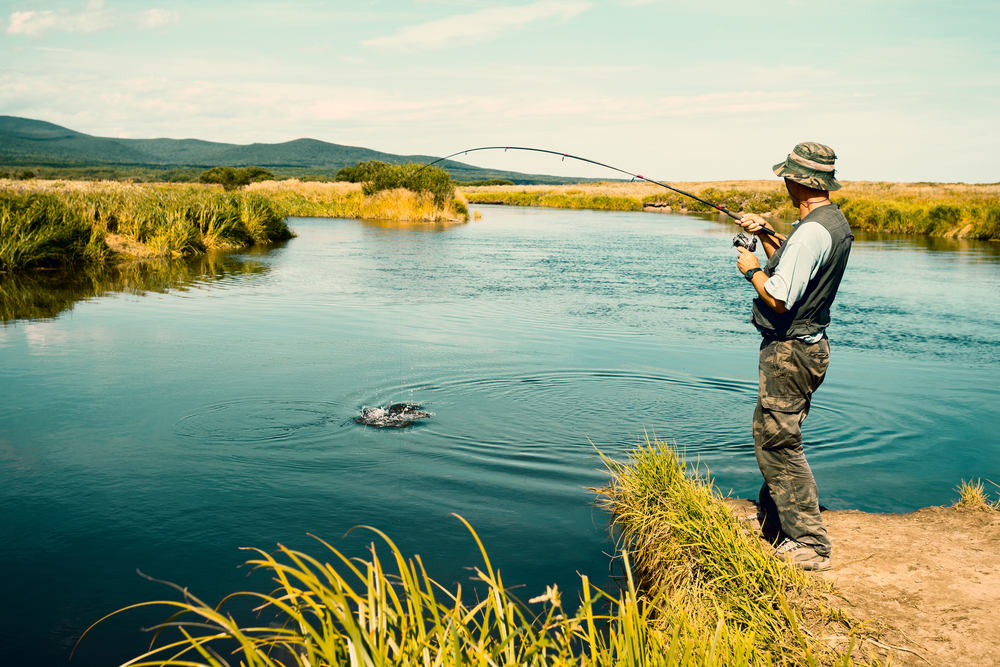


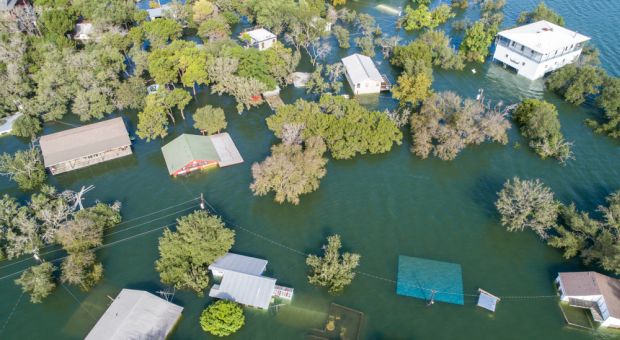






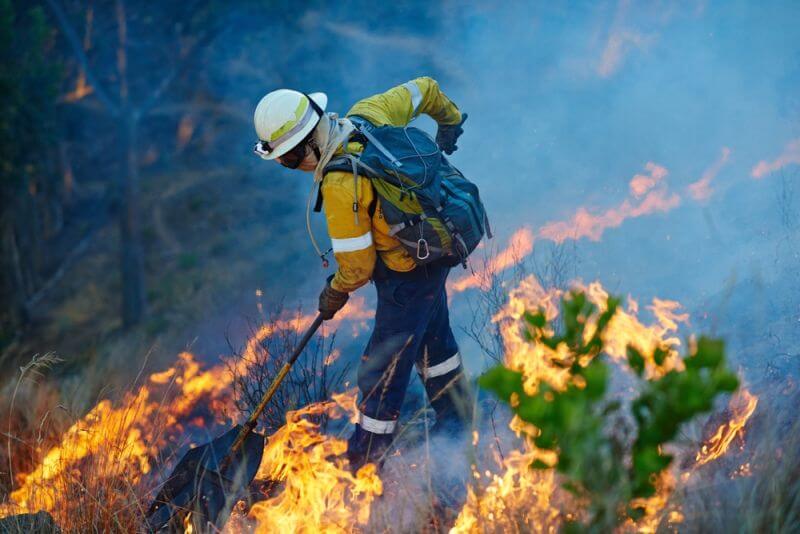
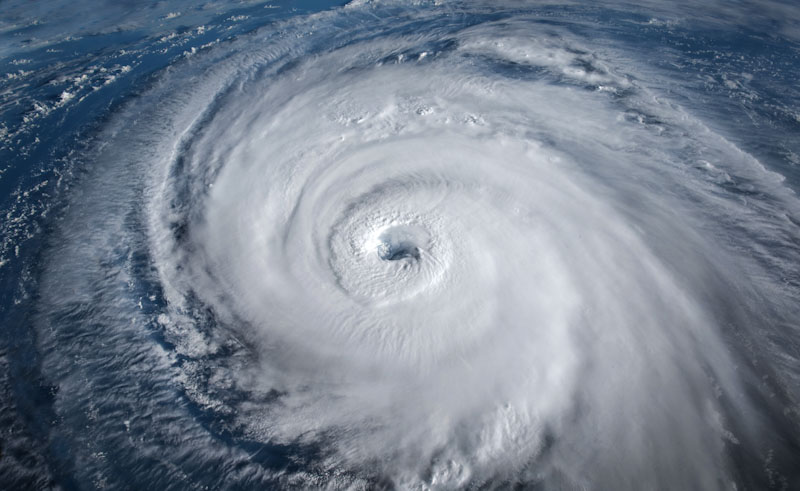



















































My heart breaks thinking of the loss happening in the Mid-west with this prolonged flooding. I live on the Gulf Coast and have experience flooding throughout my life time. Unfortunately, my house has been flooded twice. The first time was a surprise, waking up to a foot of water in the house. The second time we were prepared. We had contractor quality trash bags, big and heavy duty. Whatever come be put in bags was put in and sealed. After everything was picked up and placed up higher or put into plastic bags we just sat and watched the water rise. I definitely recommend the contractor trash bags; they helped out a lot protecting things from water damage.
Hi…
I like that quick Guide to Emergency Flood Notification.
Where did you find that?
It’s very informative!
Great article.
Hello, Dave.
Thank you for reading our article. You can right click and save the info-graphic.
Alex, from Survivopedia 🙂
The best and first defense against floods is having a NOAA Weather Radio with SAME All Hazards Alert system. Kept on at all times, on standby, if a flood alert is announced, it will also come over the Weather radio. Try to have a portable one, as well, to take with you if you need to evacuation. It is one of the best tools a prepper has in the lead up to a disaster and often times afterward. This is probably the most effective way to have enough warning to evacuate early, by vehicle, so you are not caught in the flood waters.
I keep a PFD (Personal Flotation Device) with my modular kits for flooding. I believe every person should have one and practice using it correctly. And have an appropriate flotation device for small children and babies, which may need to be a floating capsule if they cannot wear a vest.
While the last thing you want to do is wind up in the water in a flood, it can happen. The PFD may just save your life if you do end up in the water.
For the inflatable raft, do not go cheap. Get quality. Flood waters have debris of all kinds. And in shallow water the raft can hit obstacles that can also rip the fabric easily of the cheap inflatables. So get one with tough tubes and strong floor if there is a chance in your area for major floods. And do not forget to get paddles, or preferably oars if the raft can use them. Have a couple of emergency paddles as well. The oars, paddles, any cargo containers and LBE should be tethered to the raft so if the raft tips, flips, or rough water throws things around you will not lose critical items. You might want a second raft, which does not have to be quite as high quality as the primary raft, for additional cargo, supplies, etc. It would be tethered to the main inflatable with a quick release system so if it becomes a danger to the main raft it can be released. But even with a second raft, do not waste too much time loading up and do not try to take everything with you. The second raft would be more for extended supplies and useful but non-critical supplies.
If you intend to take pets with you, they will need their own flotation devices. Either worn or have their crate or cage equipped with floatation devices that will keep them out of the water. Tether these to the raft, of course. Or they can go into the second raft. I would not recommend having animals in the raft with the people. Too many risks.
There is always the chance you might have to be in the water. And depending on location and type of flood, there could be some real nasty stuff in that water. Stuff that can make you very ill, and might just kill you if you cannot get medical help. Exposed skin, especially if there are any types of cuts or abrasions or any type of other situation where the flood waters can have contact with broken skin, is highly susceptible to becoming seriously infected. It could be hours or even days before you could get medical attention, unless you are prepared to take care of it yourself.
To minimize the potential risks, if at all possible, even if using a raft, keep as part of the flood kit either a set of chest waders or a couple of sets of Tyvek hooded and footed coveralls for each person. If using the coveralls, it might be better to get water sports shoes rather than the usual rubber boots worn with PPE like Tyvek coveralls. The boots will be full of water most likely, and will be very heavy and awkward. The water sports shoes are much lighter, have soles that will grip slick areas better than all rubber boots.
Also have a fold up or extendable pole for the person in the lead can probe ahead, to check for the depth of the water and for obstacles. And unless the water is essentially still, everyone should be roped together. This could be criticial for the person leading and probing. If he/she winds up in trouble, he can be pulled to safety if he is tethered to those behind.
Have plenty of drinking water. You will likely be caught out in the open for hours at a time. If the sun is out, heat problems are highly likely, so also carry rehydration salts or the equivalent. If there is still a downpour happening, at least wide brim hats and sunglasses will help keep the sun off and reduce glare from the water that can be hard on the eyes and make it difficult to see in many cases.
There are other things that can be done, but many are location and situation specific. Do your due diligence research and determine what is best for you and yours.
Just my opinion.
I know these sound like extreme measures, but I have experienced several floods, both slow rise and fast flowing, and one flash flood that I managed to avoid by knowing the warning signs and taking immediate action, and believe me, I would have like to have had the gear listed at the time. It is why I do it now.